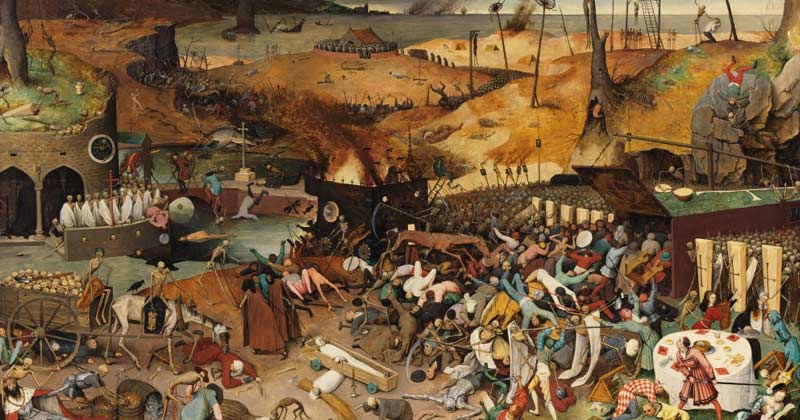Global epidemics or pandemics, like the Coronavirus, are only made possible by the travel patterns of people living in the global economy. Most of us travel only short distances, but the few who travel far can spread pathogens worldwide in a very short time. Let’s learn how pandemic develops and how its spread pattern is calculated.
It was not only when the Mexican flu or swine flu developed in Mexico in April 2009 that physicists began to investigate the spread of viruses. The paths that people travel today follow exciting patterns, the knowledge of which is useful for many areas. The spread of infectious diseases is a so-called diffusion process, which is related to the mixing of pollutants in water or the spreading of information in data networks.
The routes that viruses travel and lead to the spread of epidemics or even pandemics are linked to the routes of host people or animals. In the case of the 2009 Mexican flu, the host animals were human, so the viral pathways were related to people’s travel patterns. Since it is impossible to trace the paths of six billion people, scientists use a so-called proxy. But what can a proxy be in the case of viruses?
Banknotes as a proxy

Assuming that viruses can travel with their host as well as jump from one host to another, it is a behavior that corresponds to that of cash. Here too, a note travels in your wallet until it changes hands. The travel pattern can be identified by the serial number. It is clear that the money usually moves at an average speed of just under 4 miles per day, but sometimes they make big leaps in a short time. Clearly, someone with the note went on a long trip.
You can reliably capture the starting point of many banknotes and even how far the money has gone, in a certain period of time. It turns out that most banknotes do not travel far, only a small but significant amount has already traveled well over a thousand kilometers after a week. Currency follows a certain type of random route called the Lévy flights. In contrast to the simple random paths, where every step is always the same length and only the direction is completely random, very long steps are possible on Lévy flights.
Rapid spread through long journeys
A closer analysis of the Lévy flights shows that the spread of banknotes or viruses with the host animal or human starts very quickly from one place and is not geographically restricted. For epidemics, two-dimensional models of the infection rate or the number of sick people can now be simulated using the Lévy flights. A disease in a society that does not go on long journeys, in which random paths of virus migration, such as random walk, are crucial, spreads in waves around the place of origin. One such epidemic was the black death, the first pandemic in the 14th century.

All calculations show a very rapid global spread in diseases transmitted from person to person with the appropriate infection rate. Since global travel is so fast and people come together in very tight spaces, long-distance travel, in particular, is not just a point of transportation but also a source of infection.
Also Read – Are some Blood types particularly susceptible to Coronavirus?
Using methods other than the Lévy flights, very detailed simulations of countermeasures against epidemics can also be created. Scientists were able to simulate the individual phases of the occurrence very precisely using agent-based simulations in connection with SARS, which was also helpful in creating a model of the Covid-19 spread. Such models simulate large numbers of people and adjust factors such as the infection rate, the state of health of the neighbor, the lethality of the disease, and the incubation period and duration of the risk of infection by an infected person. The effects of quarantine, fever measurement, or the wearing of respiratory masks can be checked for their effectiveness.


